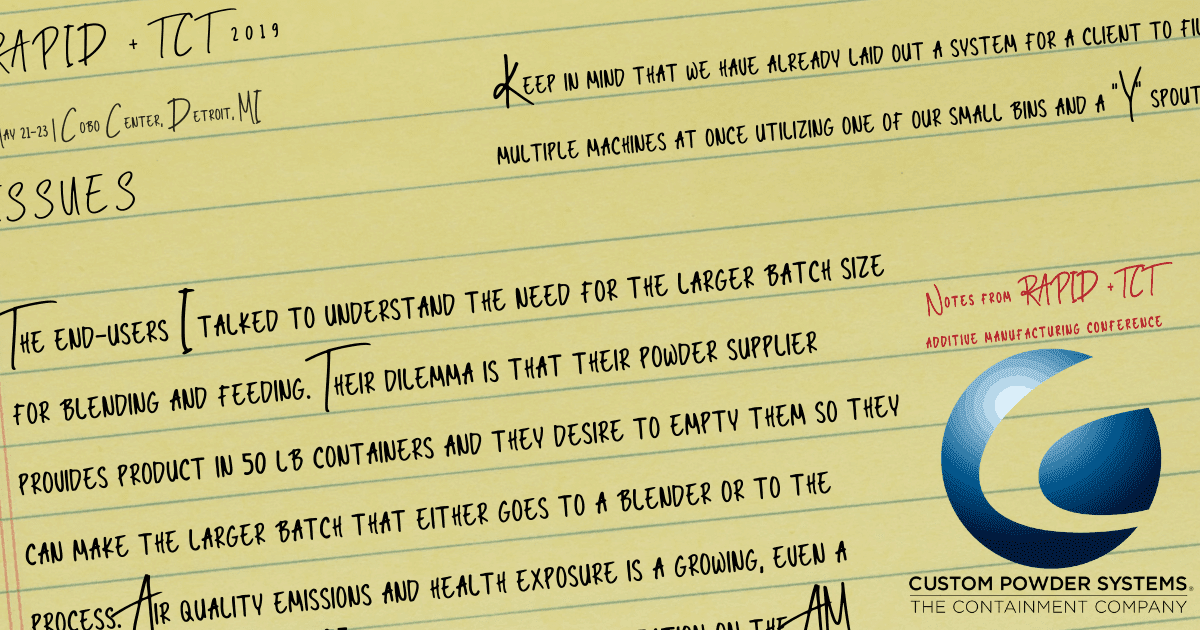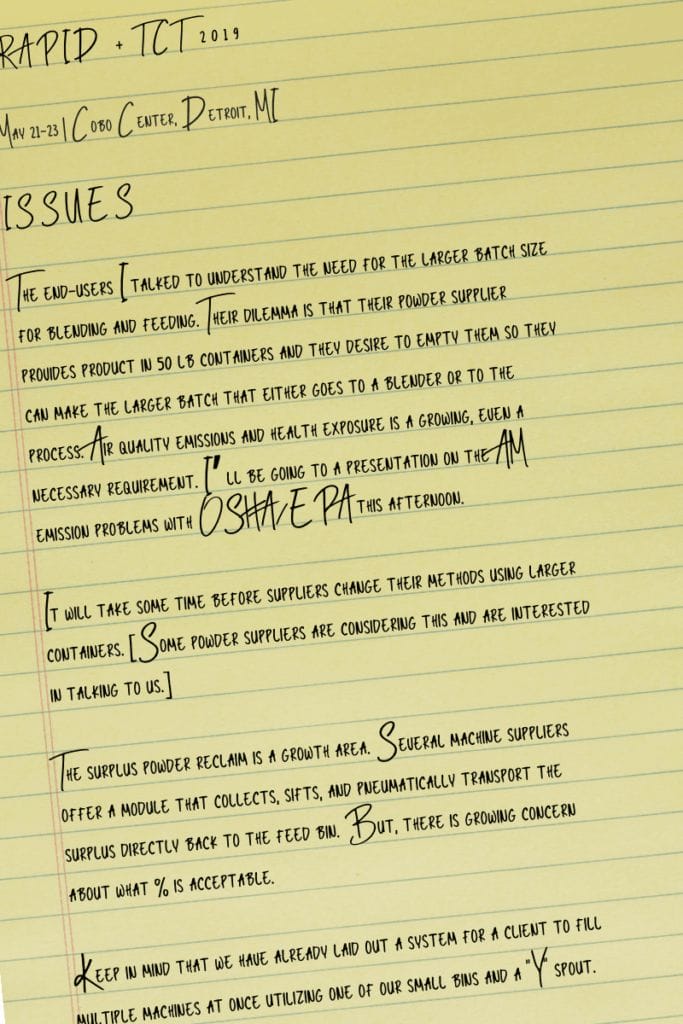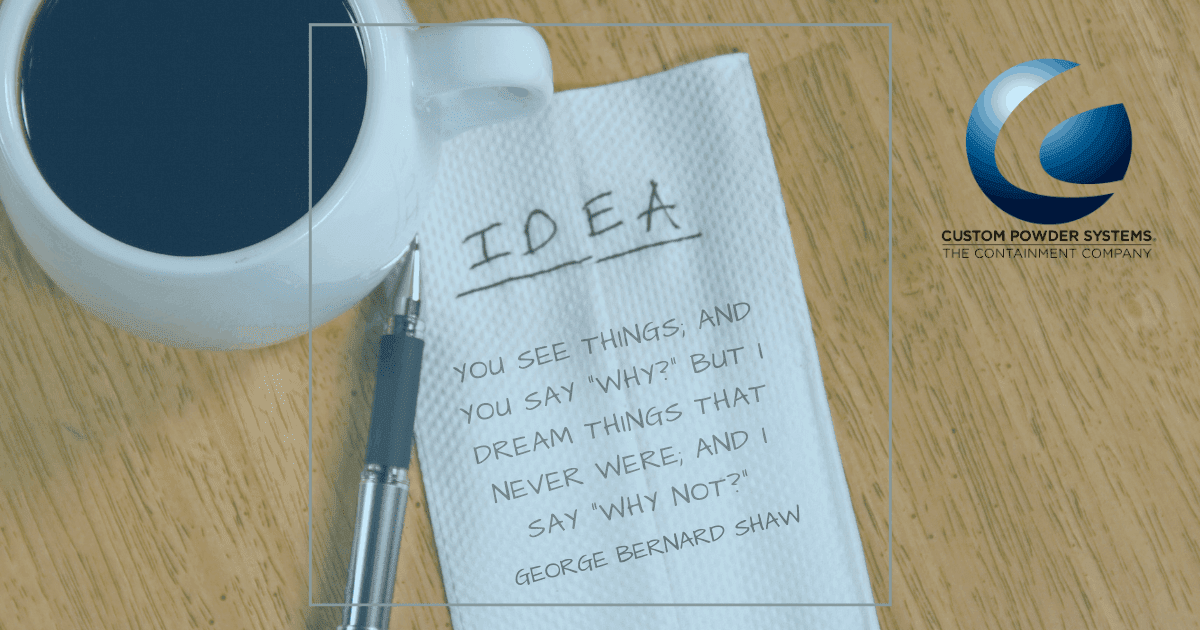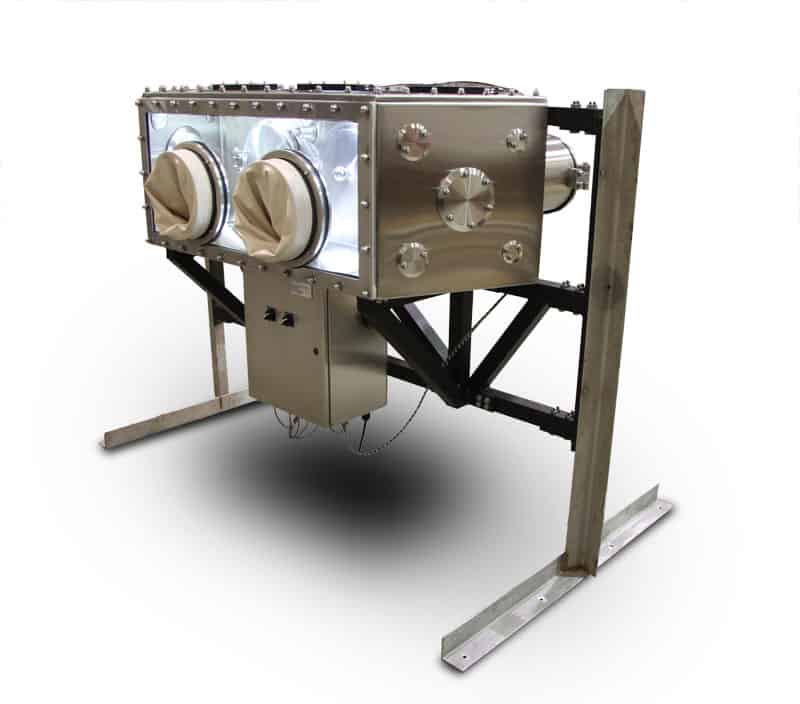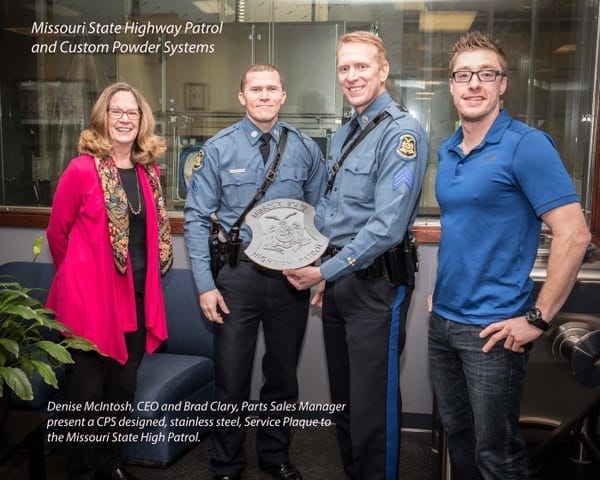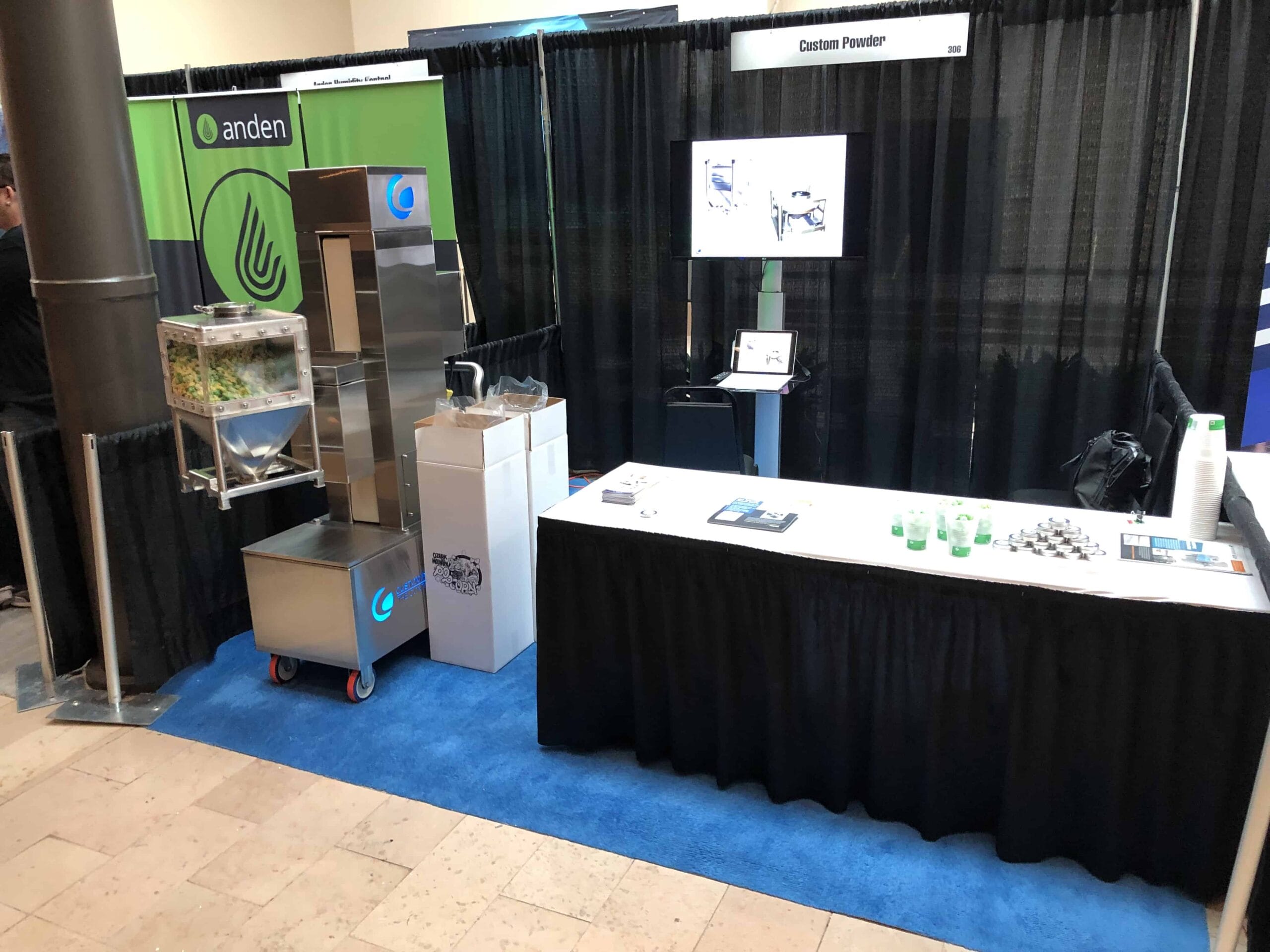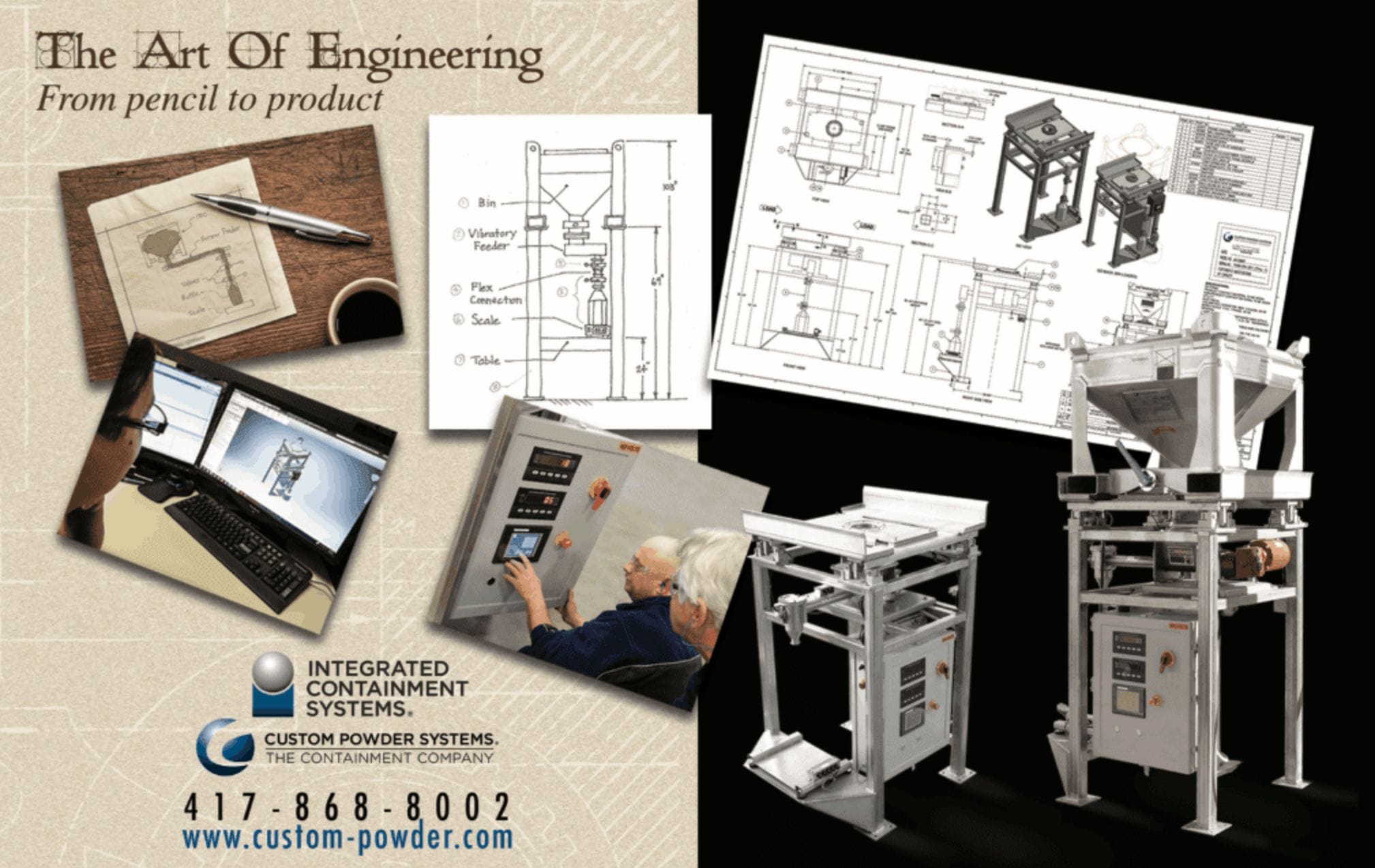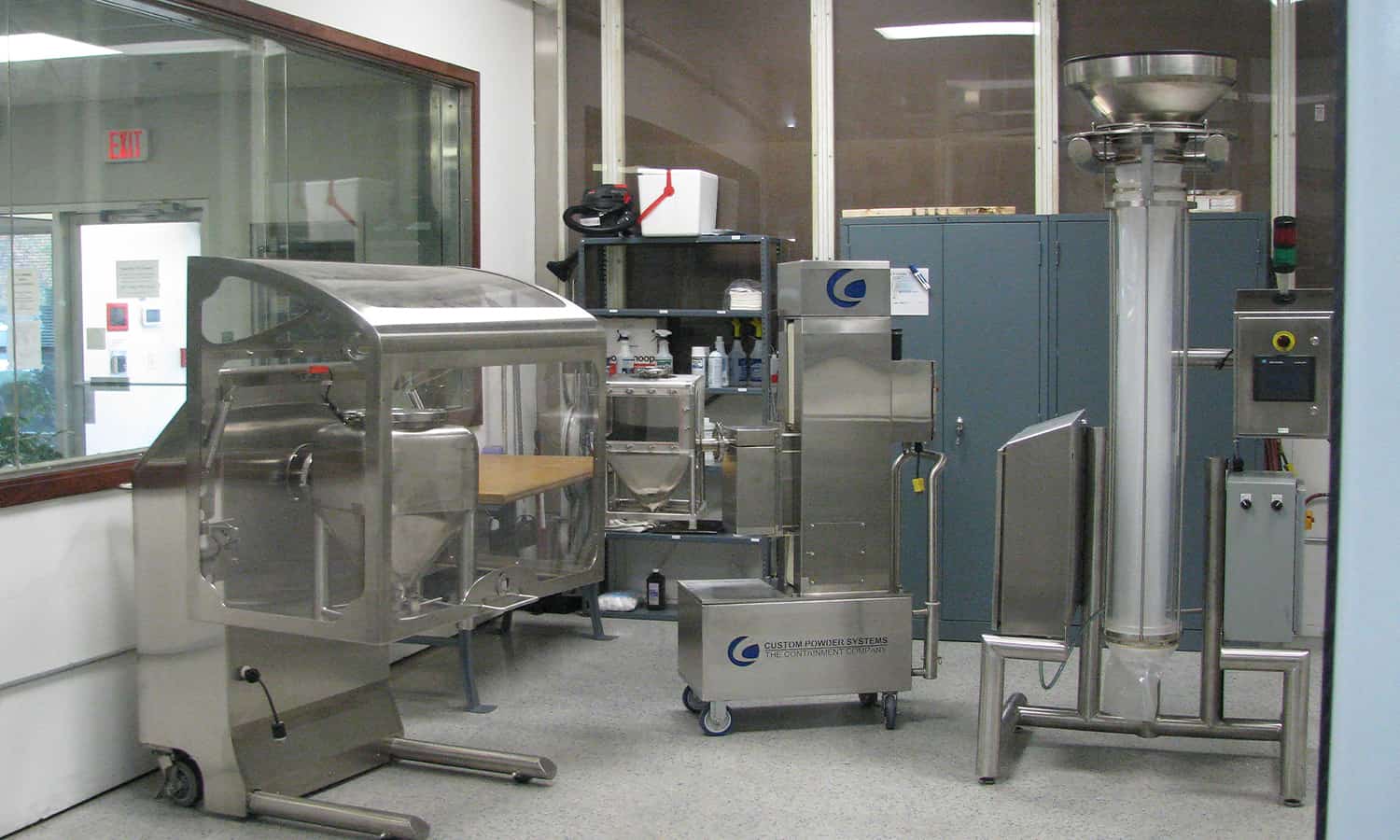With Memorial Day fast approaching, we’re pausing to remember those who have served and given their all. We’re also celebrating the freedom that their sacrifice has given us. One of the most popular ways of doing that is by getting together with friends and family, and firing up the grill.
Here at Custom Powder, we’re always looking for ways to make things better, to do something a little bit different, or to build a custom solution to complicated problems.
But we like to have a little bit of fun while we’re doing it.
For example, we recently had a cardboard smoker contest here at the offices. In the photo below, you’ll see Bryan Lin‘s entry.

That got us thinking about better ways to grill, and apparently we’re not alone. The Internet is brimming with grilling suggestions, smoker hacks, and even DIY for those of you without your own grilling apparatus.
Here are a few of our favorites.
The Clay Pot Smoker
Food Network’s Alton Brown is a big fan of this method, and has a video where he explains why it works so well. But the idea itself is simple — Take a couple of large, clay pots, put a grill grate into them, and prepare for something delicious. Even better? There’s no charcoal required. Read the full how-to over at Make.
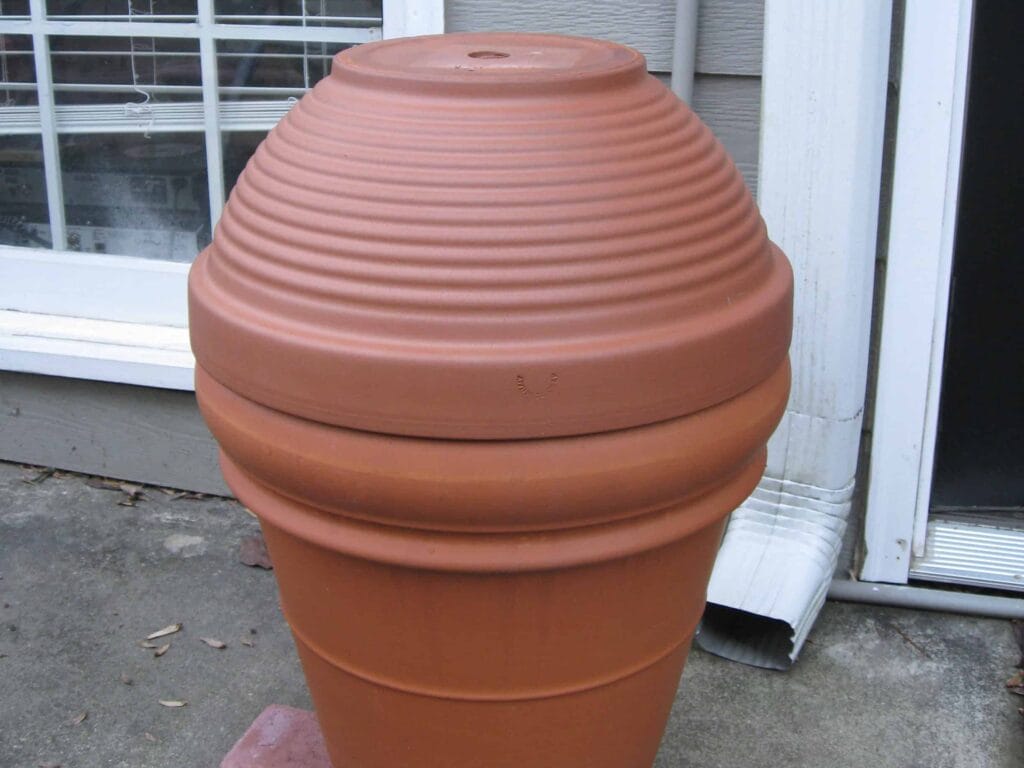
The Bitty-Q
You ever find yourself out at the lake, enjoying a cold one, and then shocked to find that there are no grills available? We’ve got a solution for you. All it takes is a drink can, a couple of charcoal briquettes, and a wire coat hanger. The King of Random has a video tutorial.
Washing Machine Grill
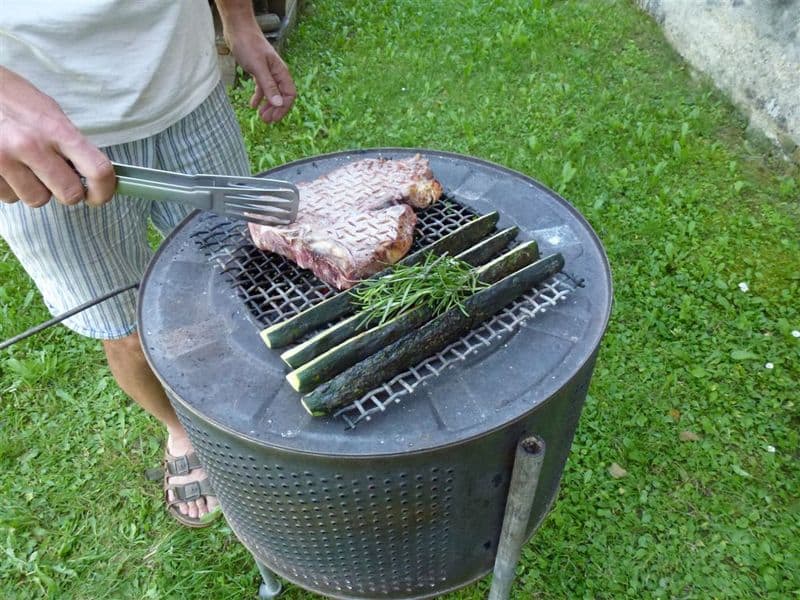
We love seeing innovative ideas, and this one is pretty great. Sachin Mohiputloll shows us how to take an old washing machine drum, and turn it into a world-class BBQ grill. Bonus points to Sachin for his use of a cutting wheel, because we love using power tools.
The BBQ Table
We’ve all seen it. Everybody gets together for an afternoon of food and fun, but there’s one person left tending the grill. Usually removed from the rest of the festivities.
But what if the table was the grill? That’s the question that Jag Grills answers. The company combines a BBQ grill and fire pit with a six or eight-sided table to make sure that everybody can be in one place.
Bonus: High-Tech Brisket
Could the world’s best brisket come from an aluminum smoker, built by some Harvard students? It might sound crazy, but just wait until you hear how they made it.

The behemoth weighs in at over 300 pounds, and it eliminates all of the problems that smokers have. There is a refueling chute, preventing the need to open the smoker. Temperature control is handled by a Raspberry Pi computer, connected to fans. Oh, and the team developed the contraption in the dead of winter. Not exactly the ideal time to try to smoke a notoriously-difficult cut of meat.
The whole story is fascinating, and worth a read over at Wired.


